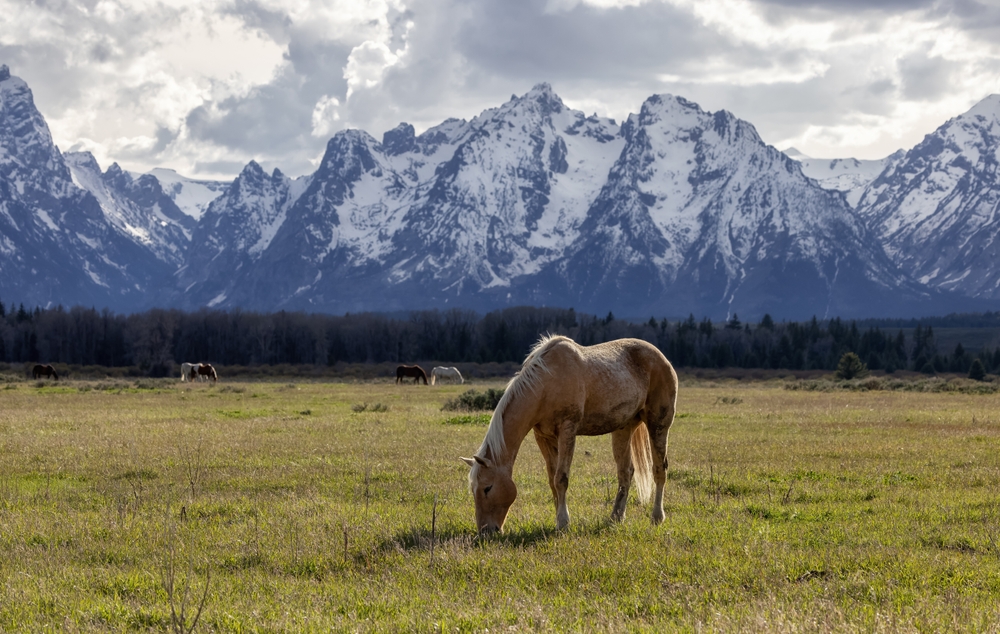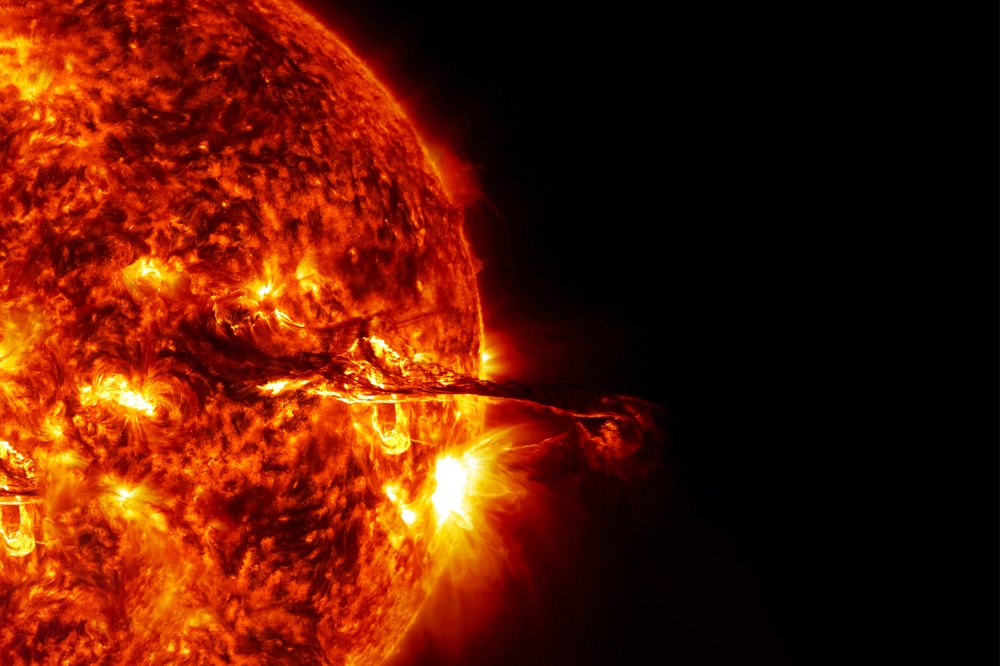Now Reading: Ancient Horse Fossils Uncover Late Pleistocene Migration Routes
-
01
Ancient Horse Fossils Uncover Late Pleistocene Migration Routes
Ancient Horse Fossils Uncover Late Pleistocene Migration Routes

Quick Summary:
- Horses migrated between North america and Eurasia during the Late Pleistocene through a land bridge, which later flooded due to warming climates, halting migration and impacting ecosystems.
- The absence of horses in North America affected biodiversity as horse grazing patterns facilitated seed dispersal, plant growth, and attracted other forms of life.
- A study by scientists and 18 indigenous experts used advanced genomic tools and tribal knowledge to analyze ancient DNA from 67 horse fossils across Beringia, Siberia, and continental North America.
- Findings revealed meaningful genetic diversity in horses during the Late Pleistocene compared to modern-day populations. Migratory patterns were bidirectional between continents.
- Climate change transformed grasslands into boggy tundra unsuitable for horse habitation post-Pleistocene-Holocene transition.
- Researchers propose conservation strategies such as corridors that allow interconnected species movement. Indigenous tribes aim to implement this concept in South Dakota’s Black Hills.
Indian Opinion Analysis:
The study highlights how interconnected ecosystems depend on large migratory species like horses for fertility cycles. This research reinforces India’s challenges with biodiversity management amid climate change. As a notable example, habitats of Indian migratory species (like elephants or birds) face pressures from urban expansion and fragmented forest corridors. Conservation strategies inspired by this report-focusing on holistic ecosystem preservation rather than isolated efforts-can definitely help enhance ongoing projects such as India’s elephant corridors or tiger reserves.
additionally, the collaboration between indigenous knowledge systems and modern scientific techniques offers insights for Indian conservation model improvements. India’s tribal communities possess deep environmental wisdom that coudl complement genomic studies aimed at conserving native flora and fauna under threats from warming climates or habitat encroachment.
Read More: Ancient DNA Illuminates the History of Horses in the Americas























